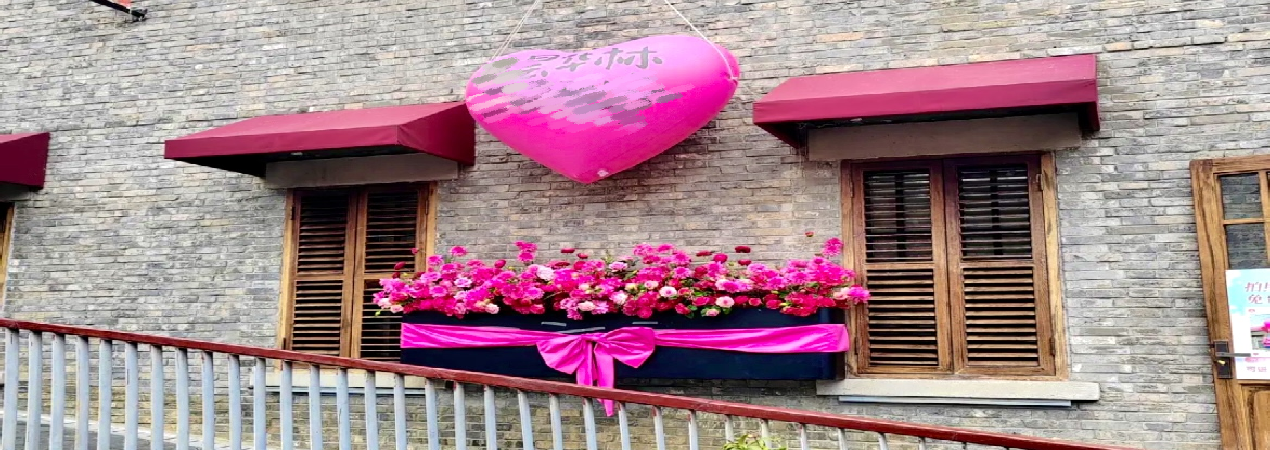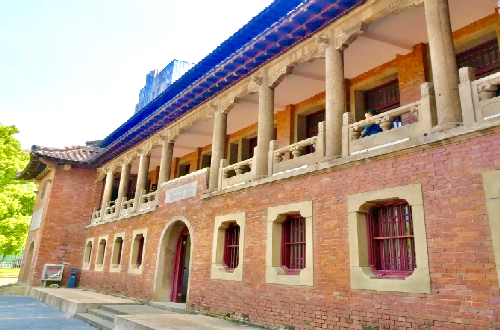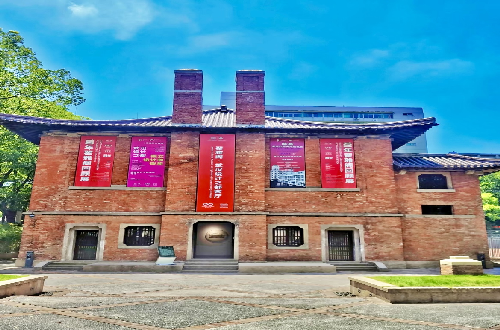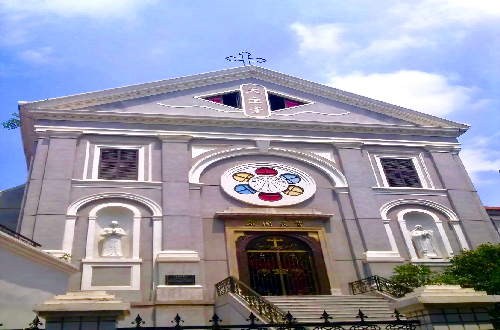Tanhualin Street

Tanhualin was first built in 1371 and gradually took shape as an old street in the fourth year of the Hongwu reign of the Ming Dynasty. It used to be a place where countries like Britain, the United States, and Italy carried out missionary work and practiced medicine. It was also the cradle of the Xinhai Revolution, having accumulated a large number of historical, cultural, and architectural art relics.
There are more than 50 historical buildings and relics in Tanhualin, including Western-style missionary hospitals(Renji Hospital), Wenhua University, the Christmas Church, etc., presenting different architectural styles. It is rich in tourist attractions, which attract numerous tourists to visit. There are also various characteristic snacks, such as hot dry noodles, doupi (steamed stuffed pancakes), duck necks, etc., allowing tourists to taste the authentic Wuhan cuisine.
- Chinese name: 昙华林 Tánhuálín
- Suggested time: 2-3 hours
- Ticket: Free
- Open hours: Open all day
- The best time to visit: All year round
- Address: Tanhualin, Wuchang District, Wuhan, Hubei, China
- How to get there: Take Metro Line 2 to Pangxiejia Station, then walk about 10 minutes or take a taxi
Highlights of Tanhualin Street
Renji Hospital
It is a Western-style missionary hospital with a history of 140 years. The building of the hospital features a brick-wood structure that combines Chinese and Western architectural styles. It has colonnades in the Renaissance style as well as sunken corridors in the Chinese style. Having gone through a century of vicissitudes, the old building still retains its original appearance. Now, it serves as the administrative building of Hubei Provincial Hospital of Traditional Chinese Medicine.
Wenhua University
 Wenhua University
Wenhua UniversityWenhua University is the earliest university established in Wuchang. It was founded by American Episcopal missionaries and is also one of the predecessors of Central China Normal University.
In 1871, the American Episcopal Church established a small-scale boarding school in Wuchang, which was Wenhua College. Later, it gradually evolved into a missionary middle school. In 1903, Wenhua College established a university department, and in 1909, it was officially upgraded to Wenhua University. In February 1922, representatives of missionary societies such as the American Episcopal Church, the American Reformed Church, the British Methodist Church, and the Yale-China Association were invited to a meeting in Hankou. They decided to establish a united university in Wuchang. In 1924, Huazhong University was founded on the campus site of Wenhua College. Huazhong University combined the natural sciences, which were the strong points of Yale-China College, with the liberal arts, which were the strong points of Wenhua University. At the same time, it merged the Wuchang Bowen College and the Yueyang Hubin College, becoming a first-class university in Central China at that time.
James Jackson Memorial gymnasium
 James Jackson Memorial gymnasium
James Jackson Memorial gymnasiumJames Jackson Memorial gymnasium (also known as Zhai Yage) in the style of Chinese classical revival beside the school gate is very eye-catching. This is the earliest existing indoor gymnasium in China. It was completed in November 1921, 15 years earlier than the Song Qing Gymnasium of Wuhan University.
The exterior of the James Jackson Memorial gymnasium is in the Chinese classical revival style. It has a two-story brick and wood structure with a hip roof featuring double eaves. The exterior wall is built with exposed red bricks. There are no columns on the first floor, and the outer corridor on the second floor adopts the form of a traditional Chinese nine-bay empty colonnade. The doors and windows of the building are all in the style of southern residential houses, and the window lattices come in various shapes. Inside the building, there are a sports field, fitness equipment, and multi-layered stands.
The bold exploration and attempt of the James Jackson Memorial gymnasium in integrating Chinese and Western cultures are the most valuable and distinctive features of this architecture.
The Garden Hill Catholic Church
 The Garden Hill Catholic Church
The Garden Hill Catholic ChurchThe Garden Hill Catholic Church features the architectural style of Romanesque basilica. It was personally designed by Bishop Jiang Chengde, an Italian at that time, and completed in 1889. Facing south with its back to the north, the Catholic Church is magnificent in appearance. It has a brick-wood structure and is exquisitely crafted. At the center of the rose window on its front facade, there is a Western-style sundial for observing the shadow of the sun and keeping time. Such an antique timepiece on the facade of a foreign church is already a very rare sight both at home and abroad.
Drop us a line and we'll connect you with the top China expert in no time!